SciArt profile: Queralt Tolosa
Posted by the Node, on 22 May 2025
In this SciArt profile, we meet Queralt Tolosa, who has a background in biochemistry and developmental biology. After her PhD, she transitioned into being a freelance scientific illustrator and animator. Check out this interview where we find out more about her scientific and artistic influences.
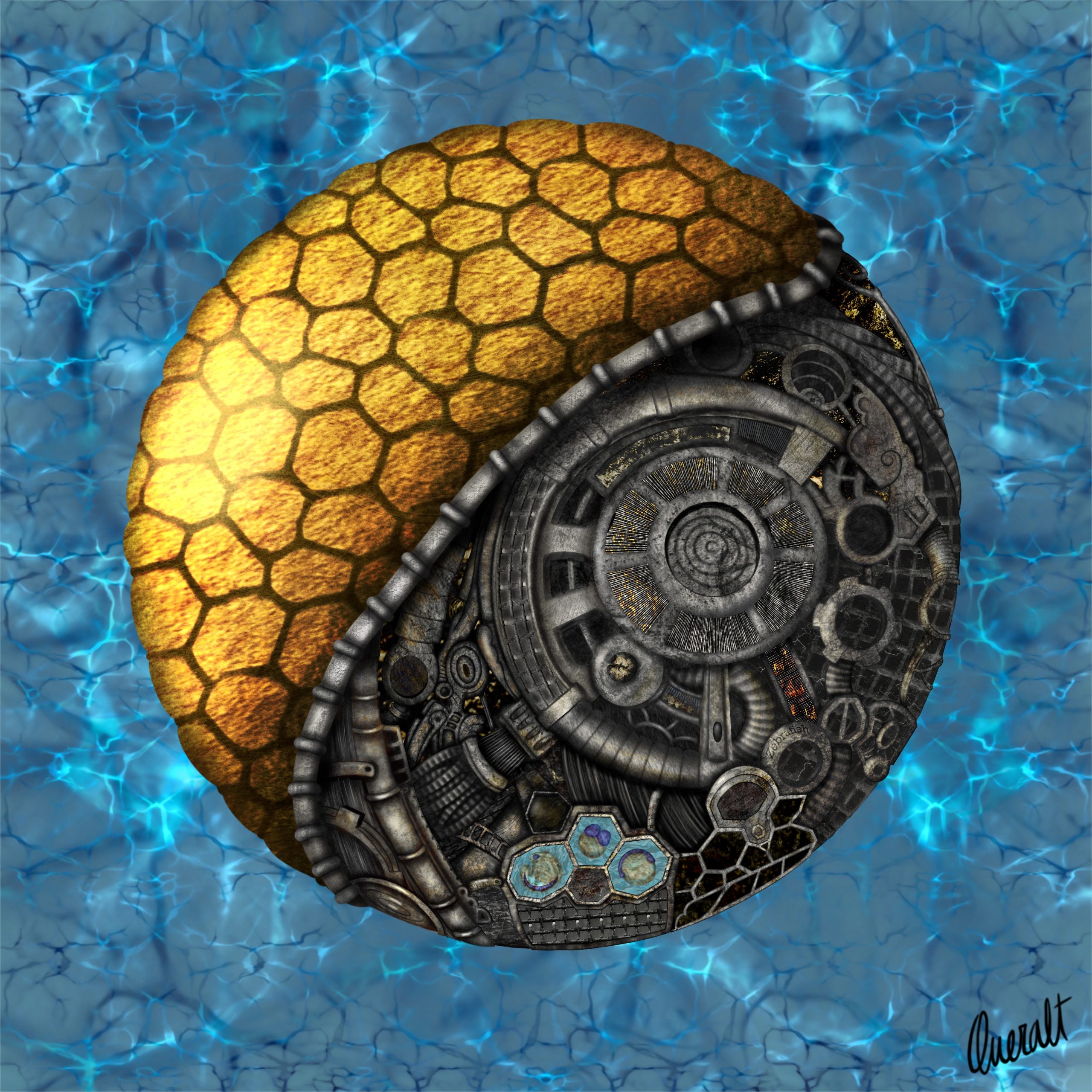
Can you tell us about your background and what you work on now?
I have a background in Biochemistry and earned both a Master’s and a PhD in Biomedicine. My doctoral research focused on how mechanical forces influence the formation and function of epithelial tissues during early development, using zebrafish embryos as a model.
Throughout my academic journey, I developed a growing interest in visual communication. As a visual learner, I found that graphical representations helped me focus and retain information more effectively from a young age. This realization led me to value the visualization of complex concepts, not only for my own understanding but also as a tool to communicate information and ideas to others. I quickly recognized how impactful clear, engaging visuals could be in simplifying difficult concepts. People appreciated them, and during my PhD was when some colleagues started to reach out to me for help or feedback on creating their own.
Encouraged by my colleagues, I began to explore scientific illustration more seriously as a potential career, rather than just as a tool I used in my research. After completing my PhD, I transitioned into freelance work as a scientific illustrator and animator, largely through self-teaching. Today, I create both 2D and 3D illustrations and animations, combining my scientific expertise with visual storytelling to make science more accessible and engaging.
If you need help transforming complex science into compelling visuals, feel free to reach out. I’m just an email away! :)
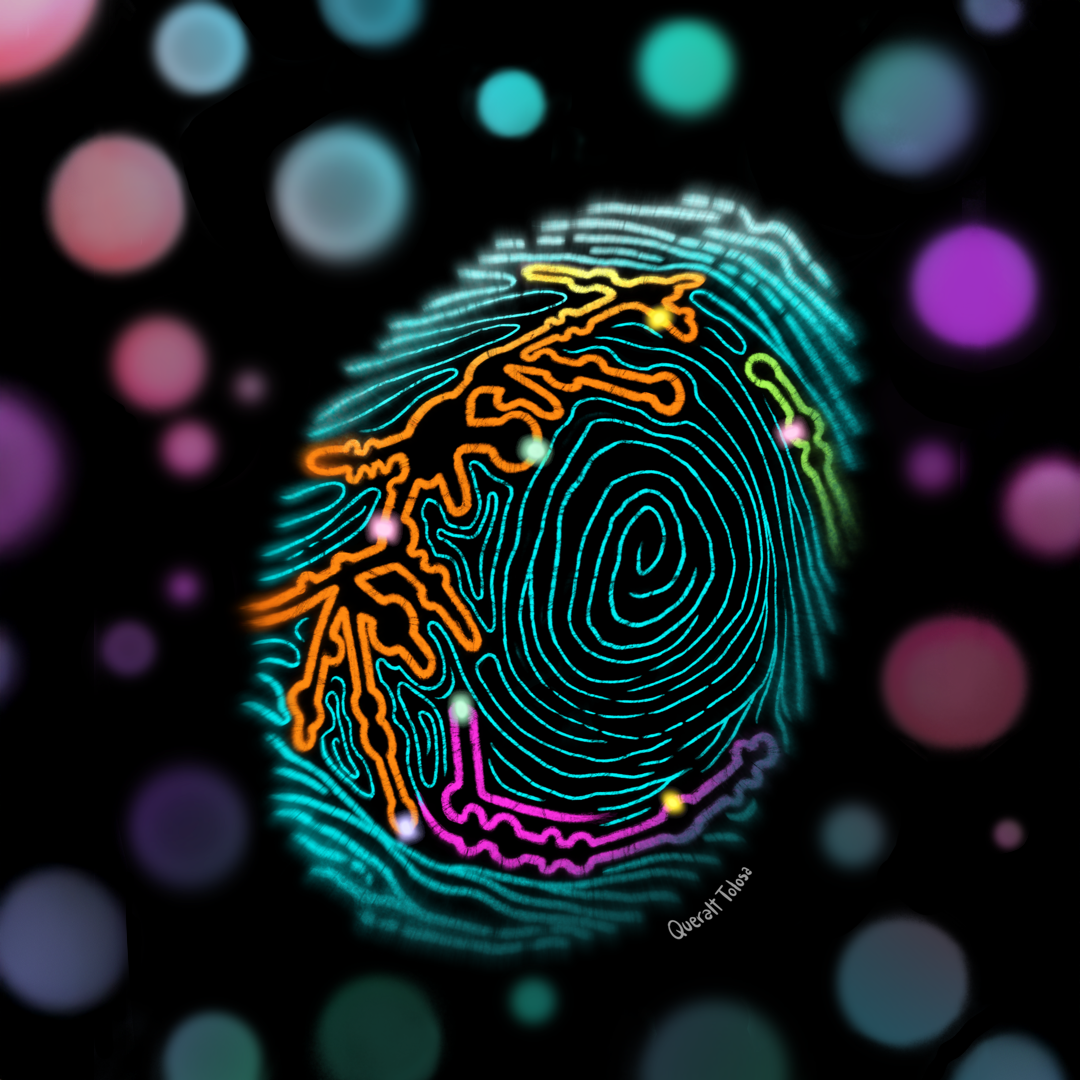
Were you always going to be a scientist?
In many ways, yes. As a kid and teenager, I was completely captivated by medicine, especially surgery. The idea of understanding what was happening inside the human body and being able to repair something so complex really intrigued me. TV shows like House, Grey’s Anatomy, and Bones definitely fueled that fascination, although I’ll admit I may have started watching them a little earlier than I probably should have.
By the time I reached the later years of high school, my interests shifted towards genetics and epigenetics, which ultimately led me toward a research career. It felt like the natural progression, combining my love for science with a deep curiosity about how the body works at a molecular level.
Of course, I had other strong interests, like cinema, literature, and drawing. However, when it came time to choose a career, none of them felt like something I would want to pursue professionally. There’s a clear difference between enjoying something as a hobby and envisioning it as a career.
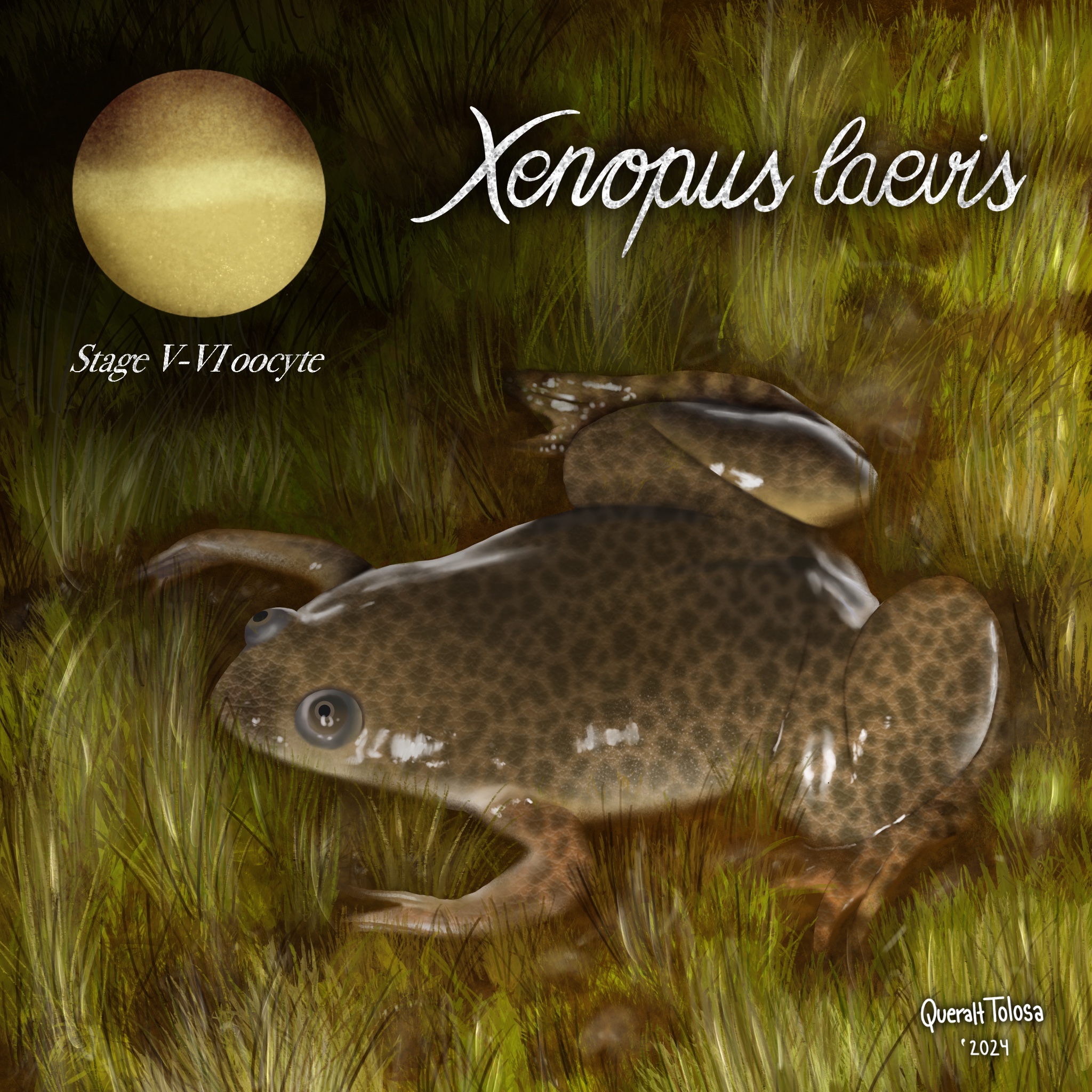
Xenopus laevis – Digital depiction of the vertebrate model organism Xenopus laevis (African clawed frog), featuring a stage V–VI oocyte, fully grown and primed for ovulation.
And what about art—have you always enjoyed it?
Absolutely. Art has always been a part of my life. I’ve been passionate about it for as long as I can remember, exploring every form I could, from pottery to drawing to acrylic painting. I took classes throughout school and high school, constantly doodling or sketching whenever I had the chance. It became my go-to way to relax, reflect, and express myself.
At the time, though, I never considered art as a career. The idea of having to create for a living felt overwhelming, almost like it would take the joy out of it. I wanted to keep art as a personal, stress-free outlet and do it when inspiration struck, not because it was expected of me.
But over time, things changed. Now, I’ve found a way to blend my love for science with my creative side. I’ve also learned how to maintain a healthy balance between professional work and personal art. Keeping a clear distinction between the two has allowed me to preserve the joy and freedom in both aspects, making sure that each one remains fulfilling in its own way.
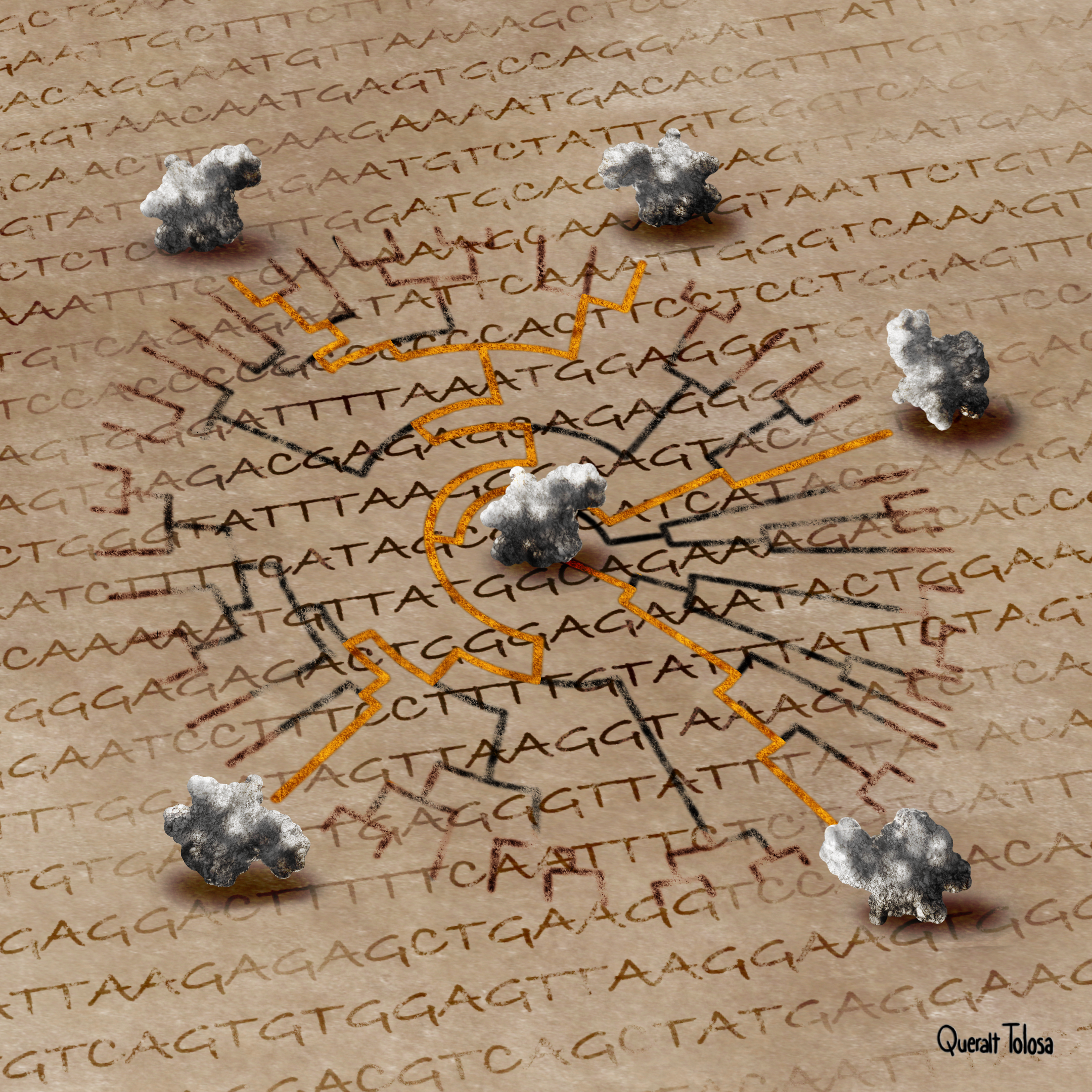
What or who are your most important artistic influences?
My artistic influences have changed a lot over time and are still evolving. They span all sorts of things, from painters and sculptors to cinema and other visual arts.
When it comes to scientific illustration, my early influences were a bit limited, but I’ve always admired the work of people like Leonardo da Vinci and Ramón y Cajal, who managed to combine science and art so well. It’s a pretty basic answer, I’ll admit, but they were huge for me. Growing up, most of the scientific visuals I came across were focused on wildlife and plants, which I didn’t really connect with. It wasn’t until my PhD that I discovered David Goodsell’s work in molecular biology, and that completely opened my eyes to the world of scientific illustration in that area. These days, I’m lucky enough to be influenced by a lot of my colleagues in the field, and being able to interact with them is pretty amazing.
When it comes to broader influences, I’d say my inspirations are eclectic. The first drawings I loved and tried to replicate in order to learn how to draw were the works of Hayao Miyazaki, Tim Burton, and Disney classics. I’ve also been a lifelong fan of manga and anime, which have greatly influenced both my aesthetic and storytelling instincts.
I’m also a huge admirer of classical art, some of my favorite pieces of artwork are from artists like Toulouse-Lautrec, Francisco Goya, Sandro Botticelli, or Artemisia Gentileschi. Nowadays, I follow closely artist such as Laura H. Rubin, Miles Johnston, Zipcy, Lucas David, Kildren, or Guillermo Lorca García.
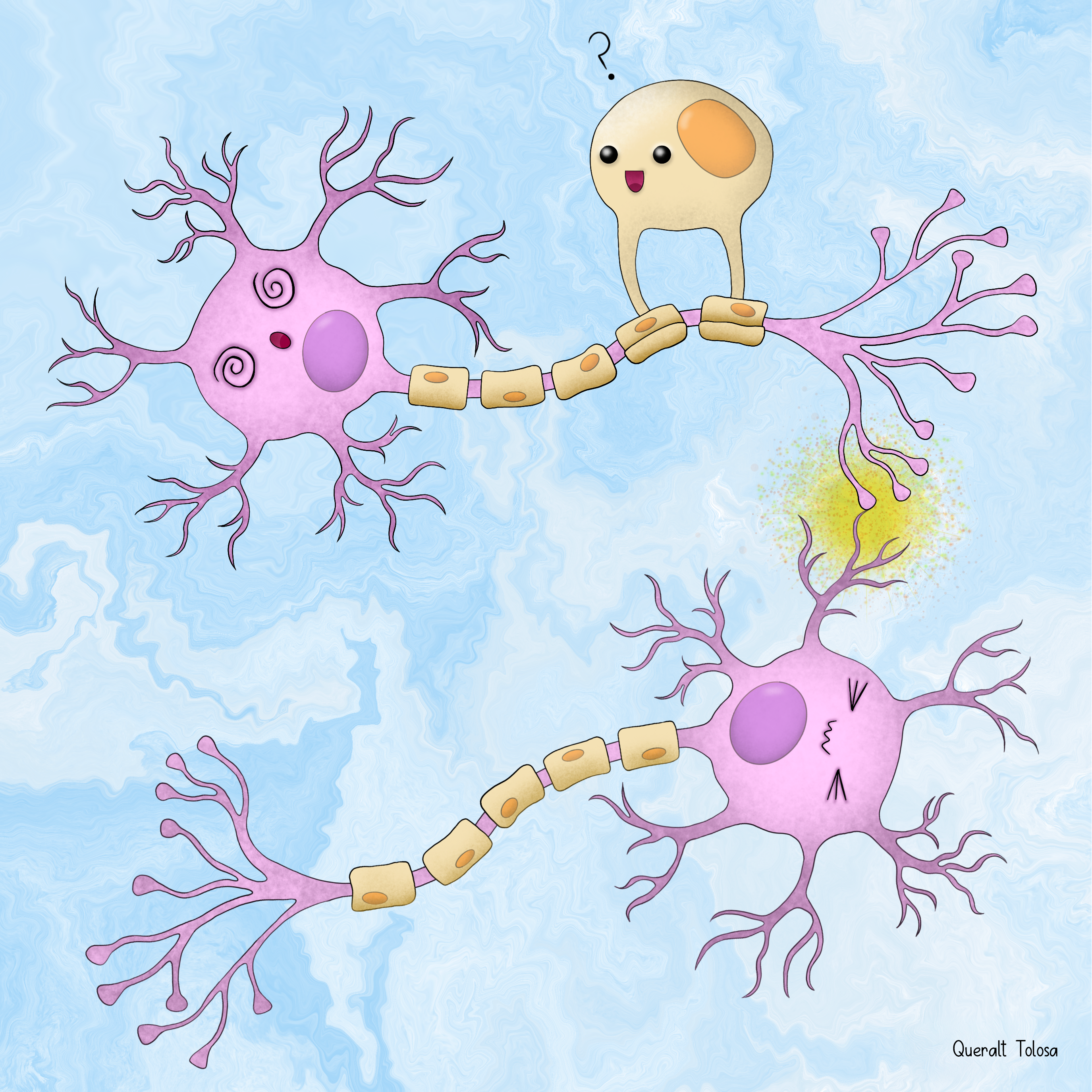
How do you make your art?
For my personal work, I’m drawn to traditional media, particularly graphite and ink. There’s something about the tactile nature of these materials that make the process feel more intimate and fulfilling. I often incorporate a touch of color, but it’s the slower pace and hands-on approach that allow me to truly reconnect with the creative process on a deeper level.
When working professionally, though, my approach shifts entirely to digital. I use Procreate and Photoshop for illustration, which give me the flexibility to experiment and refine ideas quickly. For animation and post-production, I rely on Procreate Dreams, After Effects, and Premiere Pro, which provide all the tools I need to bring my work to life in dynamic ways. For 3D projects, I turn to Blender, which offers the versatility to create detailed, immersive environments.
I believe in always evolving as an artist, so I make it a point to stay curious and open to new techniques. Whenever I can, I dive into new tools, software, or courses that expand my skill set and challenge me to approach my work from fresh perspectives.
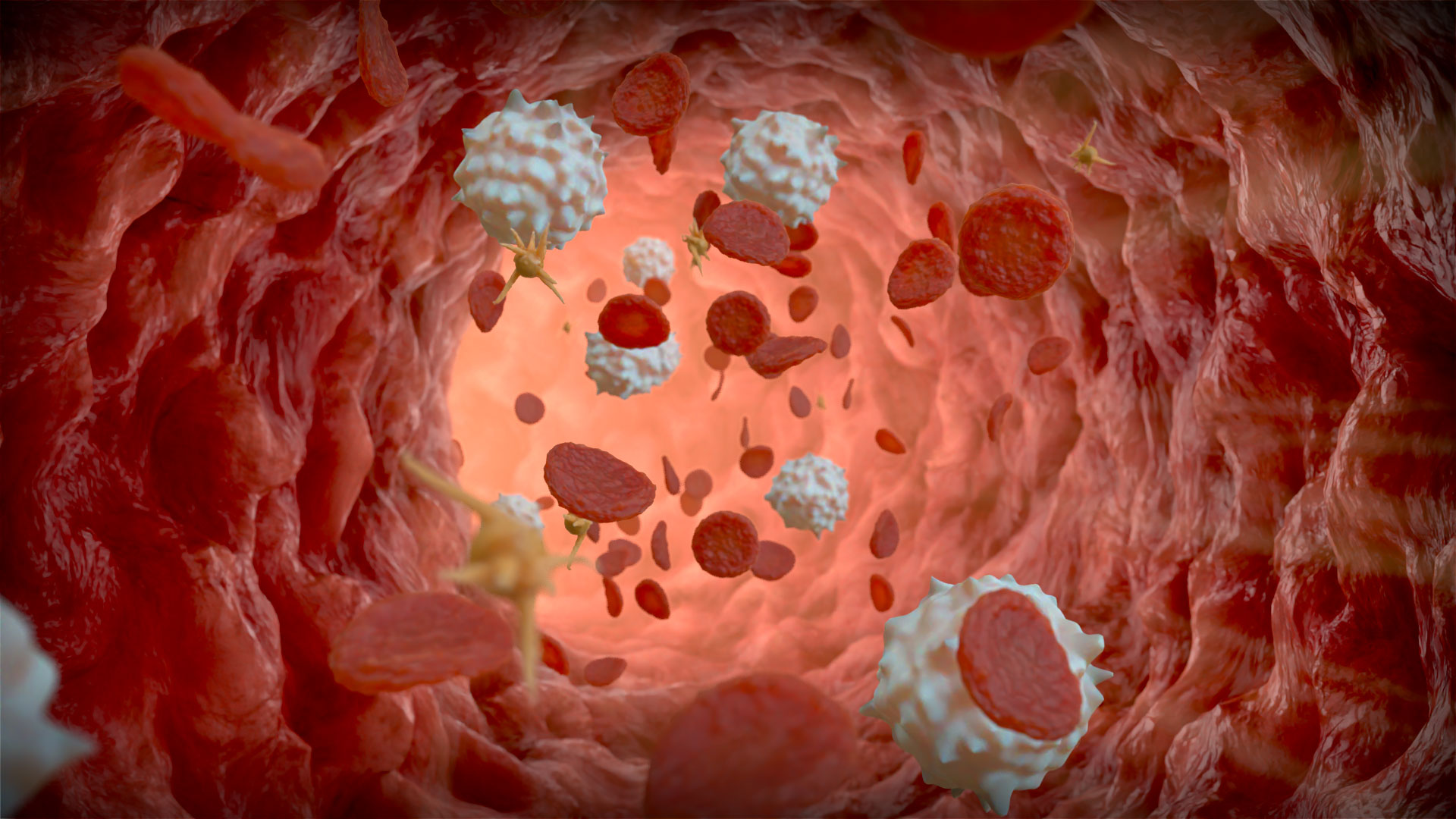
Does your science influence your art at all, or vice versa? Or are they separate worlds?
They’re definitely distinct in terms of content, but they absolutely influence each other in surprising ways. My personal art is often more introspective—an outlet for my own thoughts and feelings, where I can step back from the scientific side of things. It’s a space for creativity and self-expression that’s more abstract.
But in my professional work, the two worlds are tightly intertwined. My scientific background gives me the ability to break down complex ideas and understand them in depth. That foundation allows me to create accurate representations of those concepts. On the flip side, my artistic skills help me present these ideas in a way that’s visually engaging and easy to understand, making complex science more approachable and relatable.
It’s all about balance—honoring the rigor of science while using the creativity of art to communicate it in a way that resonates with people. I love how they complement each other, and it’s that intersection that keeps me motivated and inspired.
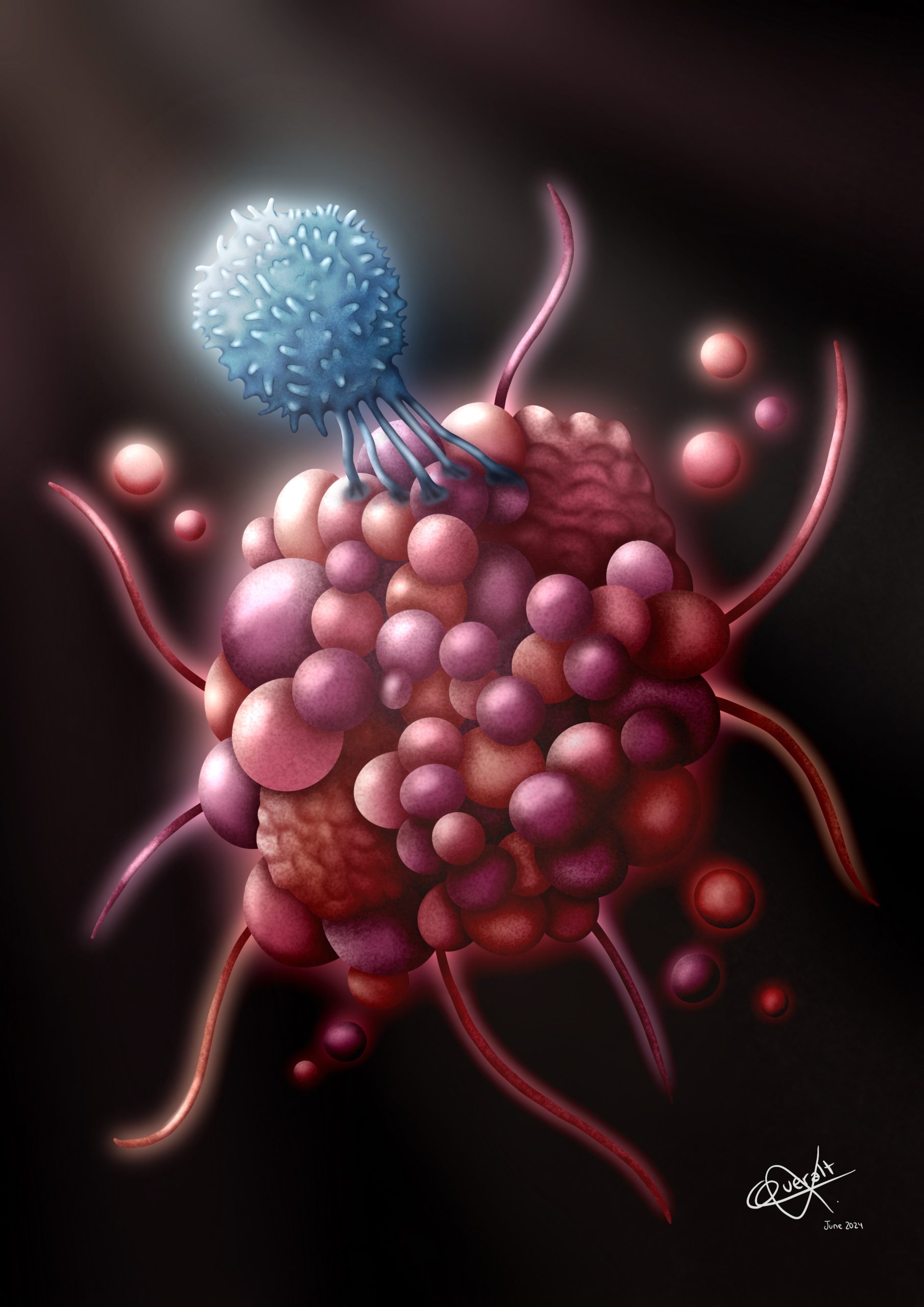
What are you thinking of working on next?
I’m still in the early stages of my freelance career, so right now I am really focused on building a solid foundation for my scientific illustration and animation business. I am working on reaching more potential clients, building strong relationships, delivering thoughtful work on every project, and fine-tuning my workflow so I can keep getting better and growing.
I am also very committed to continuous learning. I am always looking for ways to improve, whether through online courses or personal projects. I am putting a lot of time into sharpening my techniques and finding the best ways to visually communicate different scientific topics, making sure my work stays accurate, engaging, and high quality.
Looking ahead, I am excited to take on more challenging projects that will push me to grow professionally and help me build a reputation as someone people can trust for beautiful, accurate scientific visuals.
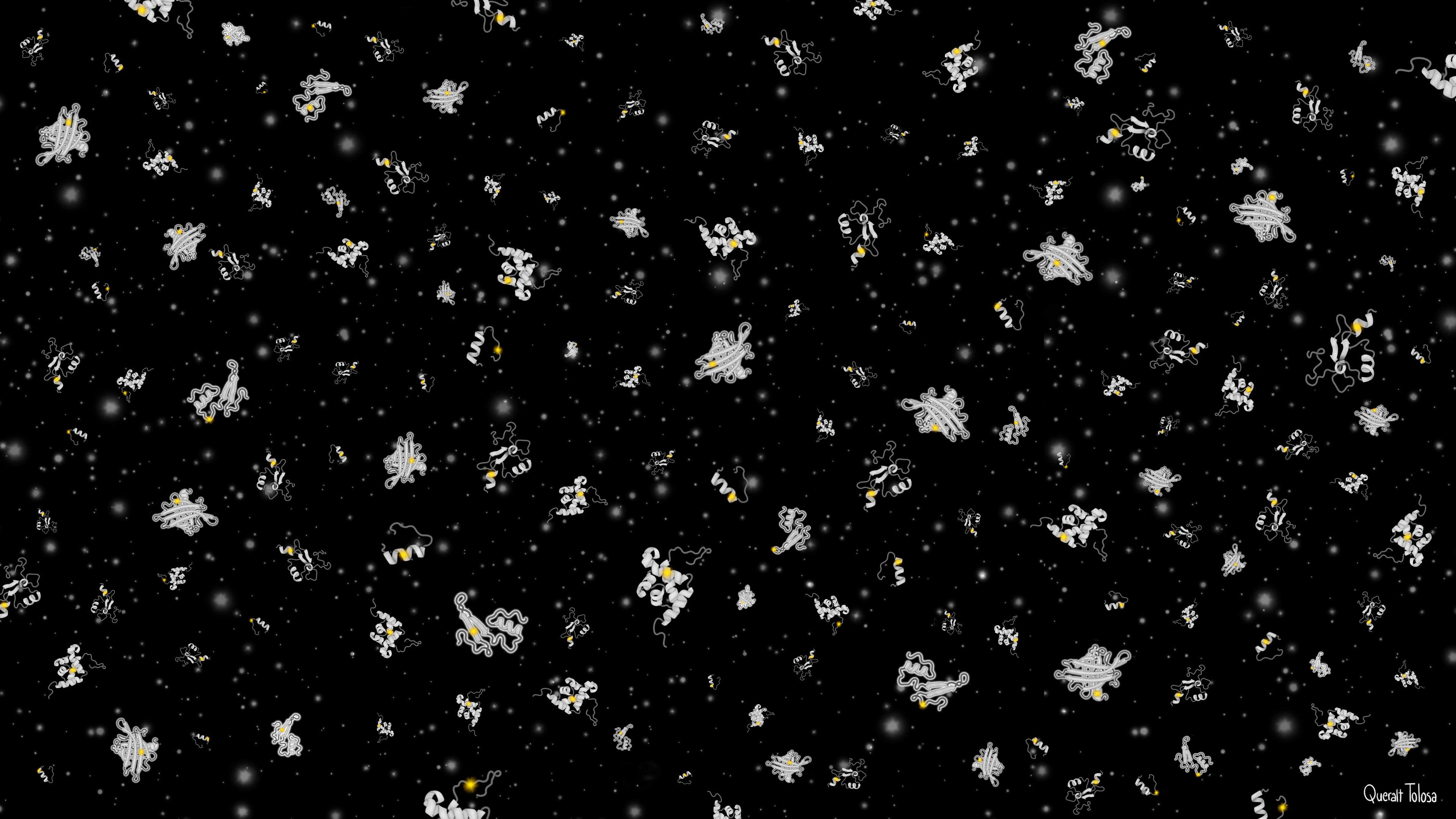
How/where can people find more about you?
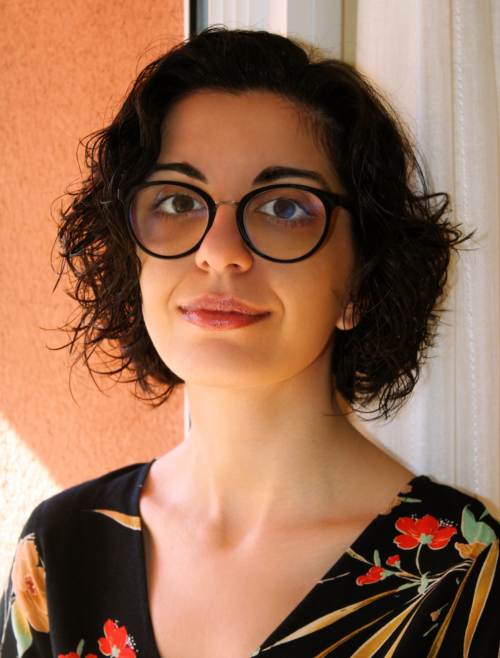
Find out more about Queralt:
Website: www.queralttolosa.com
Linkedin: www.linkedin.com/in/queralttolosa/
Instagram: www.instagram.com/queraltsciart/
Twitter: x.com/QueraltTolosa


 (1 votes)
(1 votes)